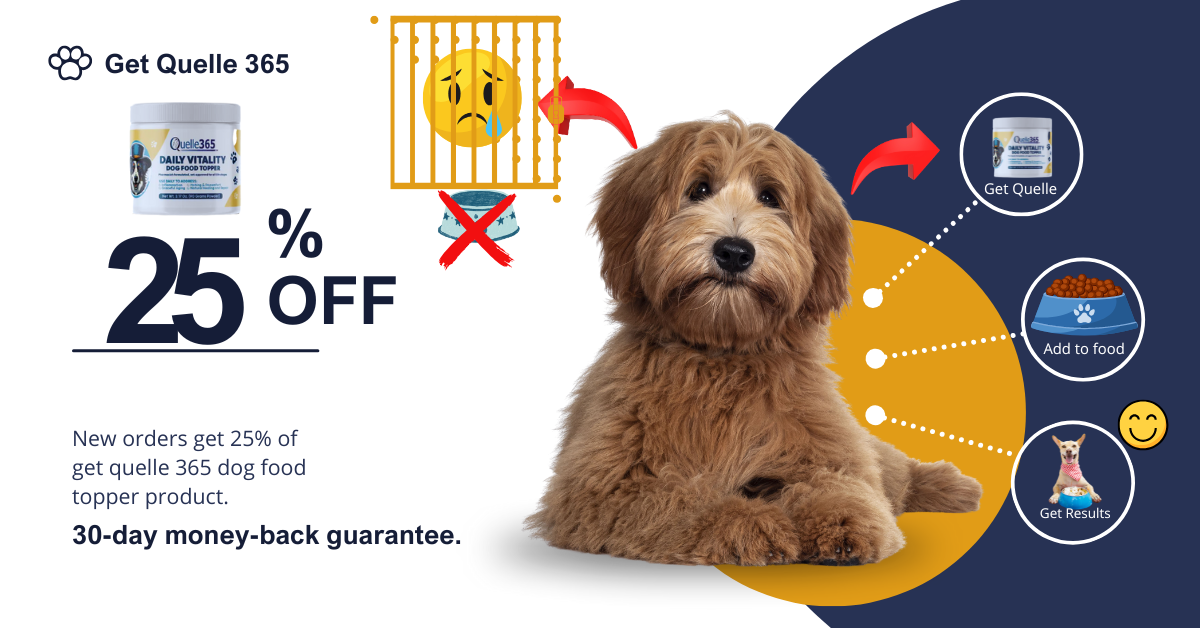Judging by the rise in TV commercials, it's no longer considered humane to feed household pets with food from a can or a bag.
Kibble is now a bad word. Natural products — meats, grains and vegetables — are now the expectation.
And it shows in the annual numbers. In 2023, the pet food market was valued at more than $120.8 billion and is projected to grow by 5.6% this year.
Meanwhile, the high-end unprocessed pet food market saw 20% growth last year, said Gordon Dumesich, CEO of Instinct Pet Food.
Instinct, a St. Louis-based pet food manufacturer, has been riding that wave for years with its raw recipes, which are minimally processed, protein-packed, and never cooked to keep more nutrients intact than cooked pet food.
“Pet parents are stepping away from ultra-processed food and seeking real food alternatives to enable their pets to live longer, healthier lives,” Dumesich said.
People are also reading…
On Wednesday, Instinct, which used to be called Nature's Variety, cut the ribbon on the first phase of its new $150 million facility in west Lincoln that will nearly triple its local workforce by adding 175 new jobs. The first phase included buildout of a freeze-drying building.
The ceremony featured Instinct's management and board of directors, while Lt. Gov. Joe Kelly was also there along with Lincoln Mayor Leirion Gaylor Baird.
“This is going to further cement our community's status as a major hub for pet food manufacturing in the Midwest,” Gaylor Baird said. “Lincoln has become a top dog in growing the pet food industry.”
The city of Lincoln helped the project by offering $3.5 million in tax-increment financing, the mayor said.
Instinct's new facility received LEED certification, which will save the company on energy costs while protecting the environment, the mayor said.
“It aligns with our climate-smart goals for the community,” she said.
The final phase of the construction project, which will include frozen ingredient storage, grind, mix, and blend operations, is scheduled to be completed by March 2025, Dumesich said.
“We're proud to be part of this community. We're so proud of the fact that we're investing significantly in expanding our operations,” he said. “This investment demonstrates that confidence not only in the future of Lincoln, but also the growth of natural fresher pet food in the United States and also all around the world.”
Download the new Journal Star News Mobile App
Where the US exports its pet food
Where the US exports its pet food

Interest in
pet adoption surged around the world
shortly after the pandemic began and lockdowns were instituted. Many in the business of animal rescuing feared that pet surrenders would skyrocket once the world returned to some version of pre-pandemic normal. But a May
2021 survey conducted by the ASPCA
found that 90% of dogs and 85% of cats adopted in the United States are still in their adoptive homes. With more pet owners committed to keeping their companions not just in the U.S. but around the world, the pet food industry is facing unprecedented demand. Even before the wave of pandemic pet adoptions hit, North America long held the
largest market share
of the global pet food industry. In 2020 alone, the
U.S. exported more than $1.7 billion
worth of dog and cat food. As standards of pet care evolve in new markets around the world, driven largely by the humanization of our canine and feline companions, so does the opportunity for growth and innovation in the pet food industry. Major markets like the U.S. have seen and will continue to see profits domestically and globally in foods that are organic, tailored to a specific nutritional need, or specialized for a pet’s age. To determine the top 10 countries where the U.S. exports its pet food,
Ollie
analyzed export data from the
U.S. Census Bureau
from 2010 through October 2021. The Census Bureau tracks pet food exports by analyzing Customs and Border Protection export data from all U.S. ports of entry by land, air, and sea. More information about this process can be found
here
. To obtain the data, categories were combined for commodities—”230910 Dog And Cat Food, Put Up For Retail Sale” and “2309901010 Pet Food Put Up For Retail Sale Ex Dog & Cat Food (kg)”—and totaled for the period of 2010 through October 2021. In addition to increased demand from an influx of new pet owners, the industry is also facing the repercussions of the global supply chain crisis such as lengthy shipping delays and rising prices for consumers. Some of the largest pet food manufacturers have warned retailers to expect
limited shipments until early 2023
. For picky pets or those requiring a special diet, this is particularly troubling. Keep reading to discover which 10 countries import the largest amounts of pet food from the U.S. 
#10. Colombia

– Total monetary value: $244.42 million
#9. Philippines

– Total monetary value: $335.85 million
#8. New Zealand

– Total monetary value: $372.74 million
#7. South Korea

– Total monetary value: $436.63 million
#6. Taiwan

– Total monetary value: $452.22 million
#5. Hong Kong (special administrative region of China)

– Total monetary value: $530.83 million
#4. Australia

– Total monetary value: $937.22 million
#3. Mexico

– Total monetary value: $1.02 billion
#2. Japan

– Total monetary value: $1.85 billion
#1. Canada

– Total monetary value: $7.38 billion
This story originally appeared on Ollie and was produced and distributed in partnership with Stacker Studio.
Reach the writer at 402-473-7391 or psangimino@journalstar.com
On Twitter @psangimino









